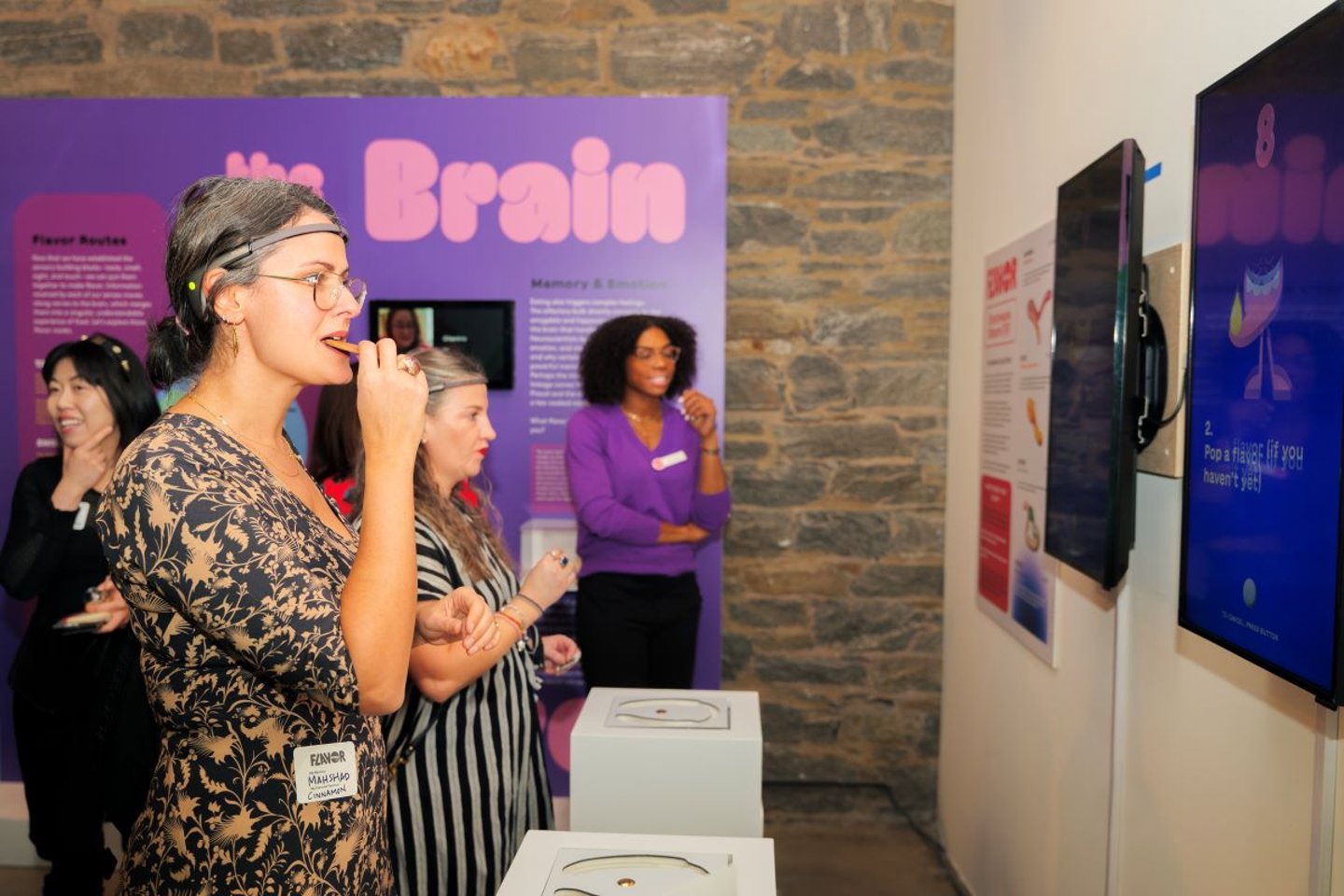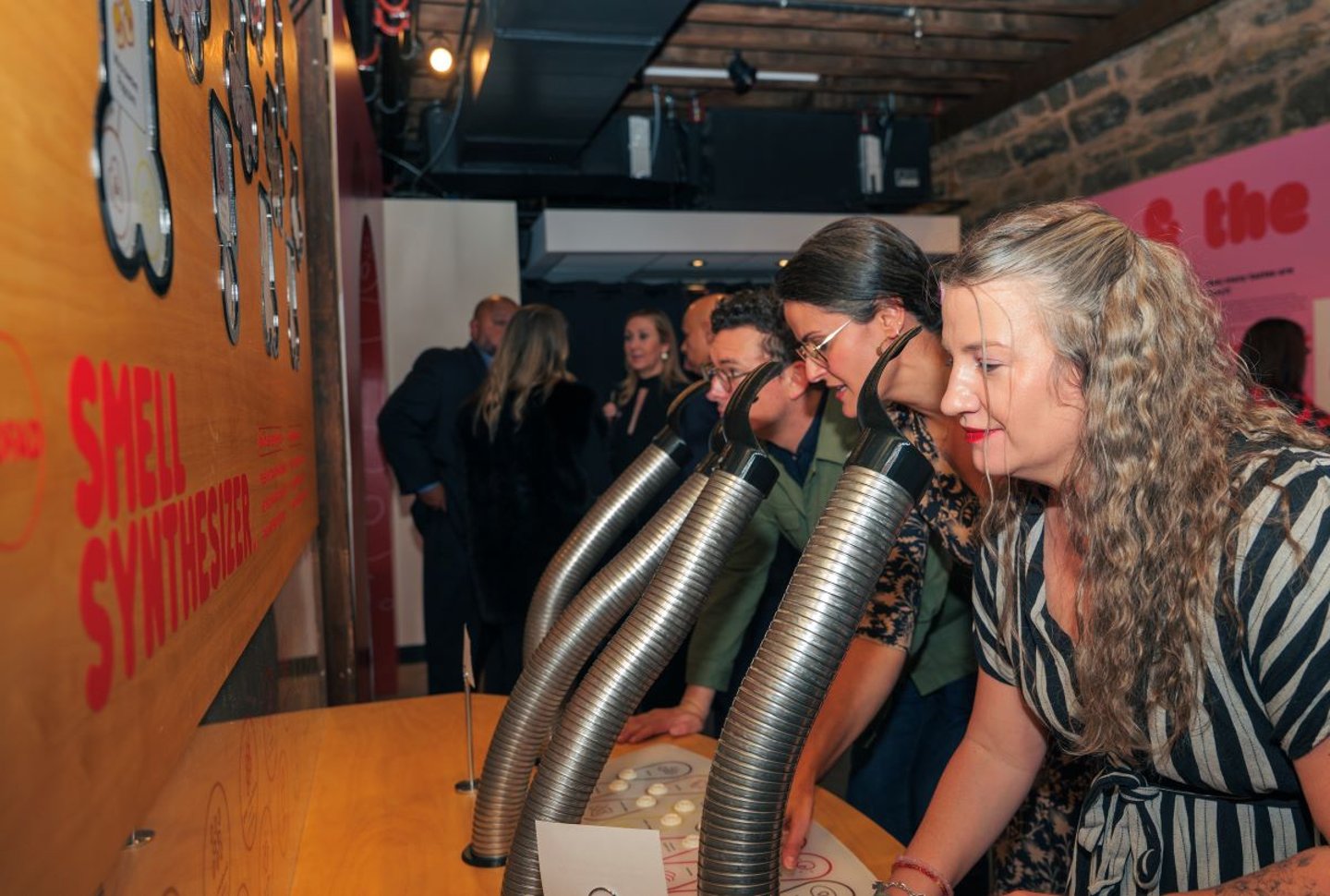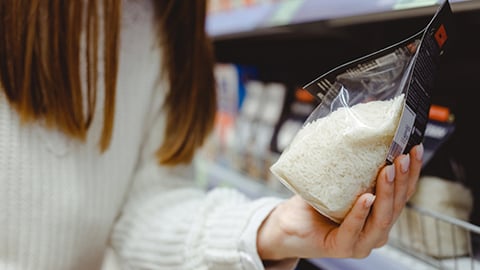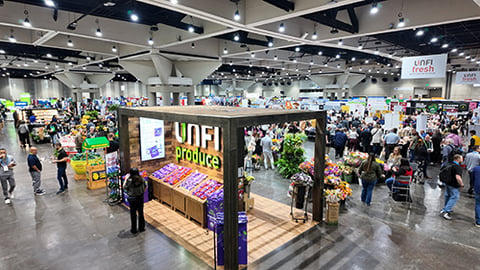COLUMN: Brooklyn’s Museum of Food and Drink Exhibits a Taste of History
On a gray December day, I traveled to DUMBO, a trendy neighborhood in Brooklyn, N.Y., nestled amid the Brooklyn and Manhattan bridges, to visit the Museum of Food and Drink. Shown around the small space by the museum’s president, Nazli Parvizi, who proved a gracious and capable guide, I discovered a place where science, history, economics and fun combine to tell the story of why we eat what we eat.
To find out more about the museum, I could have no better source than its curatorial director, Catherine Piccoli, who filled me in on its background. Founded in 2005 by chef, bartender, radio host and author Dave Arnold, MOFAD is an educational nonprofit dedicated to understanding the history, culture and science behind food. “Dave wanted to know why there wasn’t a Smithsonian-scale museum dedicated to food and drink, and set out to make one,” explains Piccoli.
[RELATED: Making Indigenous Cuisines More Widely Accessible]
In 2015, MOFAD found its first home in the Williamsburg neighborhood of Brooklyn, where it hosted major exhibitions and smaller gallery shows, public programming for adults and children, and hundreds of school group tours before it closed in 2020 due to pandemic shutdowns. In February 2024, MOFAD opened its new “bite-sized” home in Empire Stores along the historic waterfront in DUMBO.
Connecting Through Food
Asked about the aims of the museum, Piccoli responds: “Food is the thing – it is nourishment, culture and central to our shared humanity. MOFAD uses food as a common, joyful and powerful lens to help understand ourselves, each other and the world around us. Everything in our world is interconnected, and food is often central to those connections. We bring people together through the joy of food in order to educate, inspire curiosity, encourage connections and contribute meaningfully to our community.”
To that end, Piccoli explains, the museum’s “exhibitions are multisensory journeys with various interactive touchpoints, from virtual reality to smell machines, small tastings, and more. Our current location does not include a kitchen, so demos and larger tastings are often reserved for programming. As eating and sharing food are central to MOFAD’s mission, our goal is to ultimately move into a larger museum space with multiple galleries, kitchens, and more opportunities for cooking and eating together.”
Stories That Resonate
For those planning a visit, the museum’s Flavor: The World to Your Brain exhibition, which, as Piccoli notes, “explores where flavor comes from, what happens when we experience the flavors of food, the industry that designs flavors, and what natural and artificial really mean,” will run through the summer, and MOFAD has received funding for its next exhibition, slated to open this coming fall, about the history of food cart vending in New York City.
As for what food retailers in particular can take away from a trip to the museum, Piccoli observes that greater awareness often leads to greater engagement: “MOFAD is great at telling stories about food. Part of that is because we work with subject-matter experts … to create our exhibitions and programming and ensure that our work is respectful to the community and culinary history that we are presenting. It is also because we directly tackle difficult stories. So much of the food system is rooted in colonialism, enslavement and racism, and for us, it is imperative to acknowledge and discuss that in every part of our storytelling. That being said, when people have the opportunity to learn about the history of a food, they feel a stronger connection to it, and they seek out those foods beyond the museum.”







